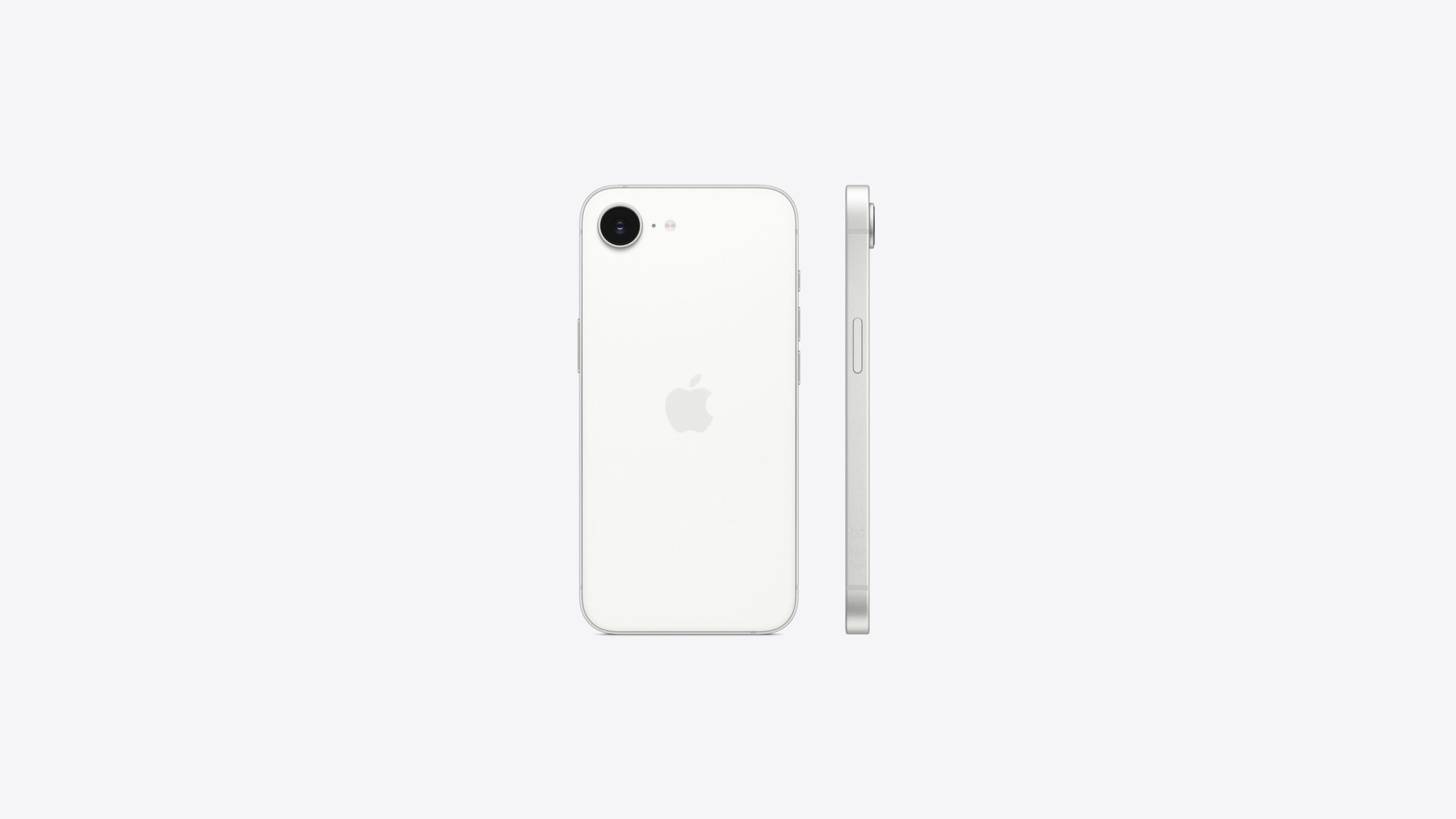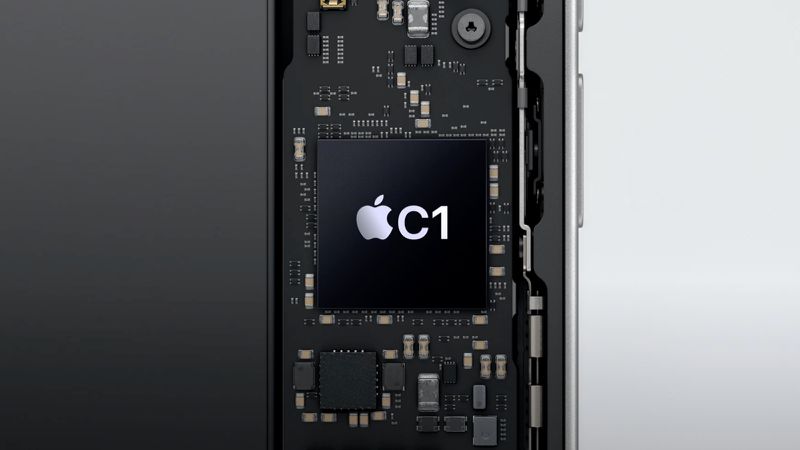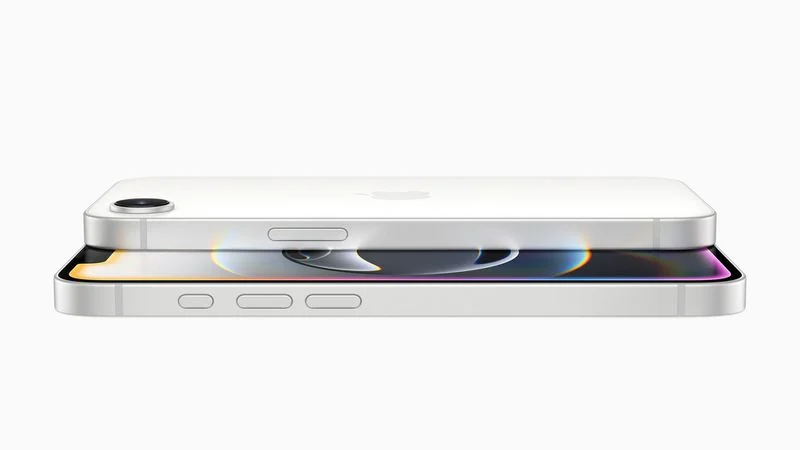Apple’s shiny new C1 modem, debuted in the iPhone 16e, is turning heads, and CEO Tim Cook just dropped some juicy tidbits about it. In the past, Apple kept hush-hush about the C1’s perks, but now Cook’s singing its praises, saying it boosts iPhone performance, especially battery life—a win for everyone.
This homegrown modem is Apple’s first, and it’s already holding its own against Qualcomm’s tech, which powers Apple’s high-end iPhone models. Apple stayed low-key during the C1’s launch, likely because Qualcomm modems are still in their top-tier iPhones, like the upcoming iPhone 17 Pro and Pro Max. Hyping the C1 too much could steal the spotlight from those.
But during a recent earnings chat, Cook couldn’t hold back, hinting the C1 outshines Qualcomm in efficiency and more. Early tests back this up, showing the C1 delivers strong real-world results. Thanks to its tight connection with iOS, the C1 helps iPhones manage data smarter, especially in busy network zones, ensuring a seamless user experience. Apple’s playing it cool for now, but once their Qualcomm deal wraps up, expect them to roll out the C1 or its next version, the C2, across all iPhones.





